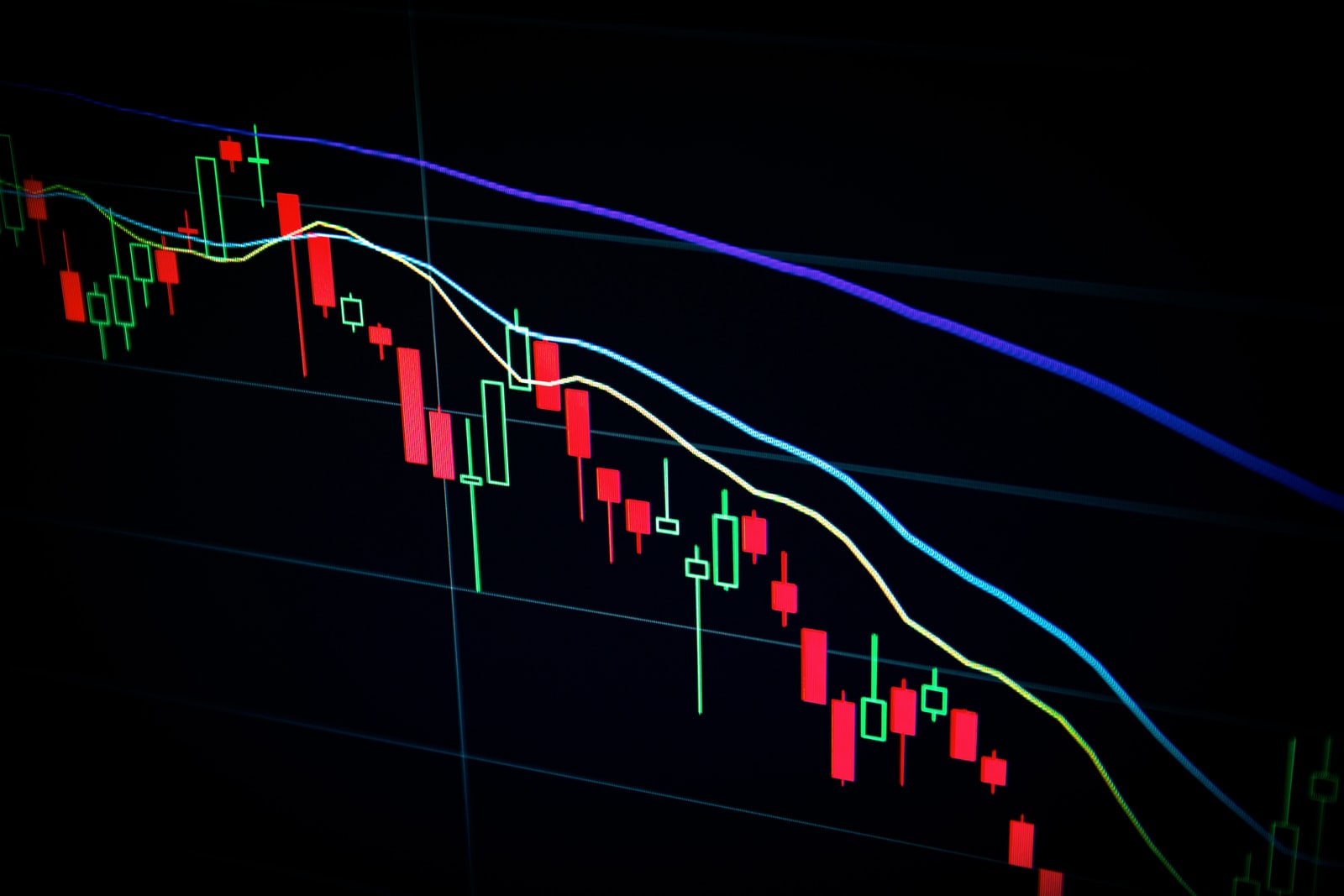
DISCLAIMER
Trading is a high risk activity, protect your capital through the use of stop loss, making intelligent use of leverage and not investing more than you are willing to lose. The author of the post declines any responsibility for any losses incurred as a result of decisions made after reading this article. The information contained below is for informational purposes only. CFDs are complex instruments, therefore adequate knowledge is required before making any investment. Thank you for your kind attention!
In Today’s Video: Gold analysis and much more!
In this video, we will look at gold trading opportunities on a one-hour time frame. Before we begin, I want to emphasize that the information provided here is for educational purposes only and does not constitute financial advice.
Let’s start with the British pound on the one-hour chart. A falling wedge pattern is visible, indicating a possible bullish breakout. After the breakout at 1.1160, the price began to climb towards the previous high at 1.2064. Between 1.242 and 1.180, there was a period of consolidation, giving traders a second chance to enter the market. The breakout from this consolidation resulted in a price increase to 1.350, resulting in a 200 pip trade.
Analyzing the price action, we can see that the price repeatedly tested an important support level at 1.1190. This suggests that buyers were strong and won this battle. The multiple bounces off the support level signaled a good buying opportunity. The overall quality of the chart and signals provided numerous indications for a potential long trade.
The British pound is up against the Japanese yen in the next trade. A rising wedge pattern formed, with a breakout at 159.30. The initial breakout, however, proved to be a failure as the price began to rise again and retested the previous level around 161.00. Traders who were anticipating a confirmation or retest may have taken a short position at this point. The psychological level of 160.50 was important, and patience was required to see how the price developed.
Let us now examine the gold trade, which appeared to be a textbook trade. Because of the size of the candles, it was possible to place a good stop-loss order. The market was in an uptrend, with a falling wedge pattern forming. This pattern’s breakout was strong, with a green candle reaching the previous high. A doji candle followed, indicating that the upward trend could continue. The price continued to rise to 1928.47, presenting traders with a significant opportunity.
Moving on, we can see a flag pattern forming for the New Zealand dollar against the Japanese yen. The initial breakout was strong, but the price fell short of the previous high of 84.65. This gave traders a heads-up on potential weakness. A strategic entry point could have been a retest of the previous high or a breakout of the support zone around 81.80. This trade had an acceptable risk-reward ratio.

Let’s take a look at the oil trade, which ended up being a losing trade. A flag pattern developed, with the breakout occurring at 74.41. The price, however, began to retrace and tested the previous support level at 73.61. There were no clear signals for a short trade, such as a break of the trend line or neckline. Instead, a buy opportunity presented itself, but identifying it required experience. Traders must plan for both bullish and bearish scenarios.
Moving on, we can see a flag pattern forming in the EUR/JPY trade, with a breakout at 141.40. Before continuing its downward movement, the price retraced and retested the previous price structure at 141.37. Traders could enter after a retest or breakout of a support or resistance level, for example. This trade provided numerous profit opportunities.
Finally, consider the USD/ZAR trade. The price struggled to break through the previous low, indicating possible support. Because of its wider spreads and lower value, this pair is less appealing for trading. A rising wedge pattern formed, with a breakout at 10.
Go back to Homepage.
Check charts at tradingview.com

